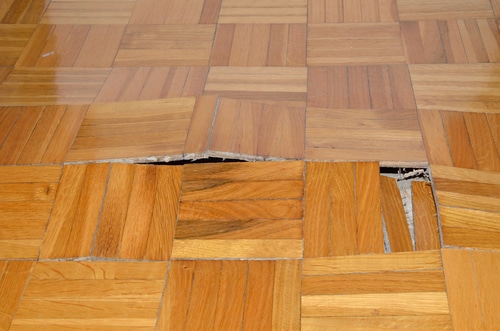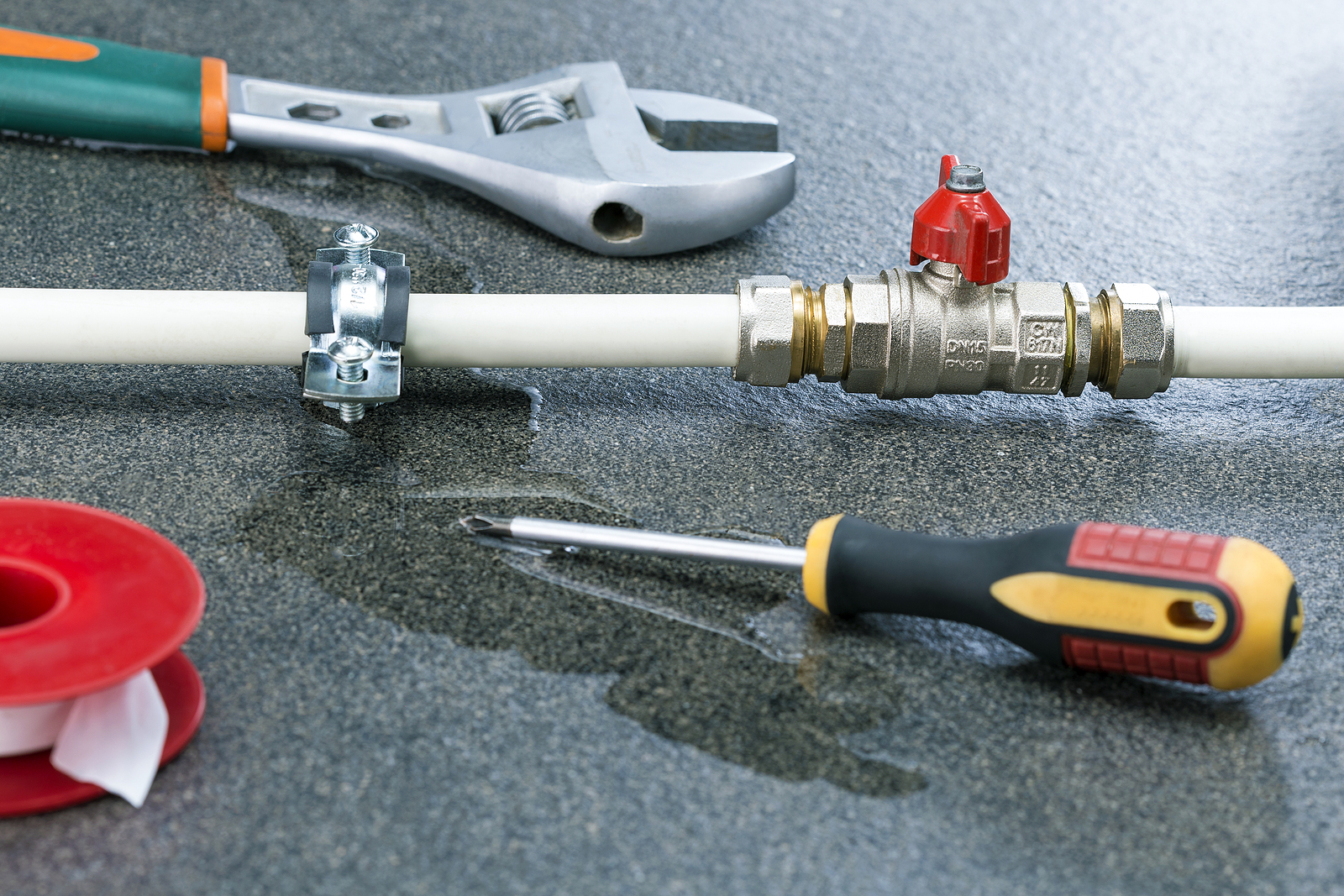Finding Concealed Water Line Leaks: Six Proven Techniques
Finding Concealed Water Line Leaks: Six Proven Techniques
Blog Article
The publisher is making a few great observations regarding Finding hidden leaks in general in this post just below.

Early detection of dripping water lines can alleviate a prospective calamity. Some little water leakages might not be noticeable.
1. Examine the Water Meter
Every home has a water meter. Examining it is a proven manner in which helps you find leakages. For starters, switch off all the water sources. Make sure nobody will flush, make use of the faucet, shower, run the washing machine or dish washer. From there, go to the meter and watch if it will alter. Since nobody is using it, there should be no motions. If it moves, that indicates a fast-moving leak. Also, if you identify no changes, wait an hour or more as well as inspect back once more. This suggests you may have a slow leak that could even be underground.
2. Check Water Usage
Analyze your water expenses and track your water usage. As the one paying it, you need to discover if there are any type of discrepancies. If you identify sudden changes, despite your consumption being the same, it implies that you have leaks in your plumbing system. Keep in mind, your water bill should drop under the very same variety each month. An unexpected spike in your expense indicates a fast-moving leak.
On the other hand, a stable rise on a monthly basis, even with the very same habits, reveals you have a slow leakage that's additionally slowly intensifying. Call a plumber to extensively check your property, particularly if you feel a warm area on your floor with piping below.
3. Do a Food Coloring Examination
When it comes to water intake, 30% comes from toilets. If the color in some way infiltrates your dish during that time without flushing, there's a leakage in between the storage tank and also bowl.
4. Asses Exterior Lines
Don't fail to remember to inspect your outdoor water lines also. Must water seep out of the link, you have a loose rubber gasket. One little leak can waste tons of water and also spike your water costs.
5. Evaluate the situation as well as evaluate
House owners ought to make it a practice to inspect under the sink counters and also inside closets for any kind of bad odor or mold development. These 2 red flags show a leak so timely focus is required. Doing routine assessments, also bi-annually, can conserve you from a significant trouble.
Inspect for stainings and also compromising as a lot of pipelines and also devices have a life expectations. If you think dripping water lines in your plumbing system, don't wait for it to rise.
Early detection of dripping water lines can minimize a potential disaster. Some tiny water leaks may not be visible. Examining it is a proven method that assists you discover leaks. One small leak can squander lots of water as well as spike your water costs.
If you presume leaking water lines in your plumbing system, do not wait for it to intensify.
WARNING SIGNS OF WATER LEAKAGE BEHIND THE WALL
PERSISTENT MUSTY ODORS
As water slowly drips from a leaky pipe inside the wall, flooring and sheetrock stay damp and develop an odor similar to wet cardboard. It generates a musty smell that can help you find hidden leaks.
MOLD IN UNUSUAL AREAS
Mold usually grows in wet areas like kitchens, baths and laundry rooms. If you spot the stuff on walls or baseboards in other rooms of the house, it’s a good indicator of undetected water leaks.
STAINS THAT GROW
When mold thrives around a leaky pipe, it sometimes takes hold on the inside surface of the affected wall. A growing stain on otherwise clean sheetrock is often your sign of a hidden plumbing problem.
PEELING OR BUBBLING WALLPAPER / PAINT
This clue is easy to miss in rooms that don’t get much use. When you see wallpaper separating along seams or paint bubbling or flaking off the wall, blame sheetrock that stays wet because of an undetected leak.
BUCKLED CEILINGS AND STAINED FLOORS
If ceilings or floors in bathrooms, kitchens or laundry areas develop structural problems, don’t rule out constant damp inside the walls. Wet sheetrock can affect adjacent framing, flooring and ceilings.
https://www.servicemasterbyzaba.com/blog/how-to-detect-water-leakage-in-walls/

I'm certainly very involved in Top leak detection hacks and I am hoping you appreciated the entire blog entry. Sharing is good. Helping others is fun. Many thanks for taking the time to read it.
Try Here Report this page